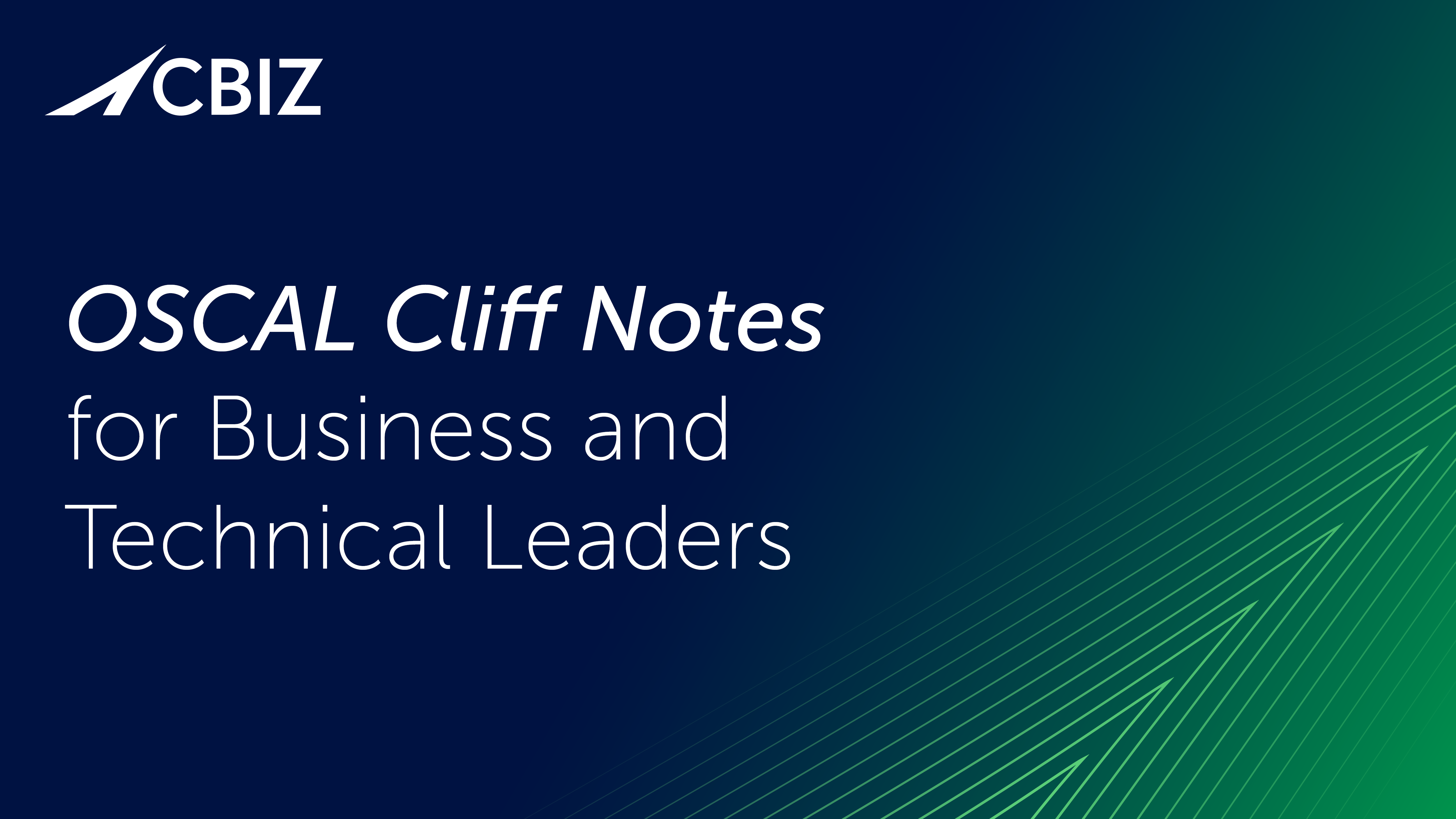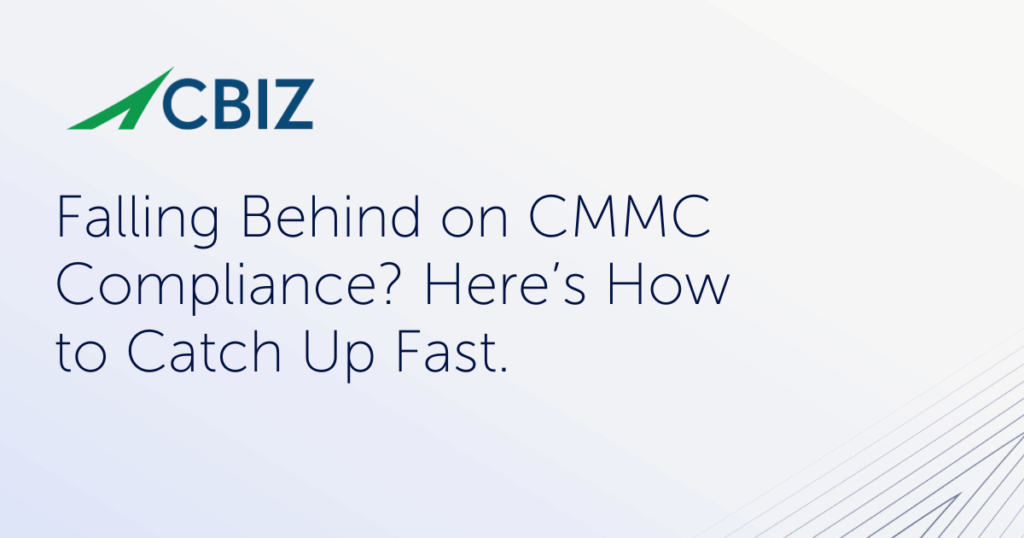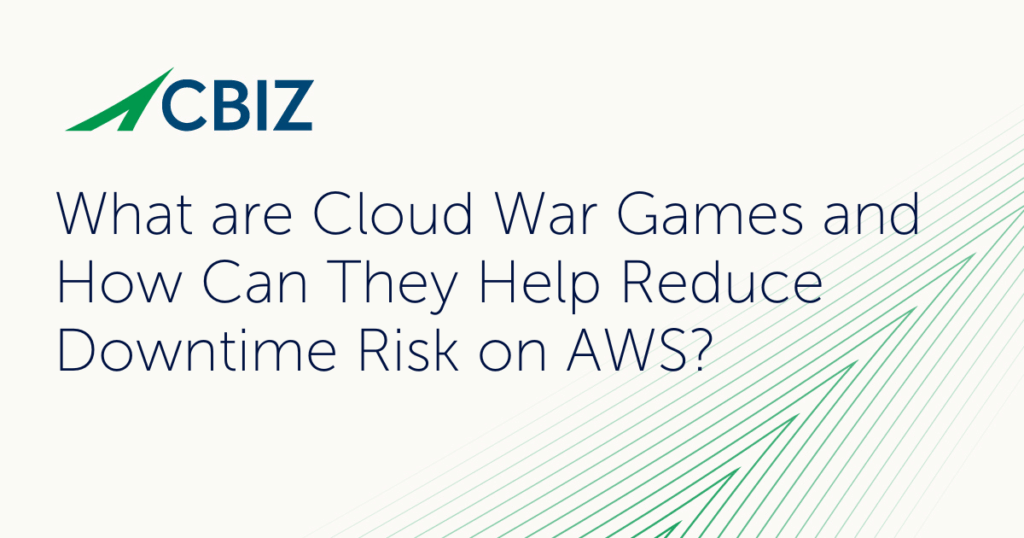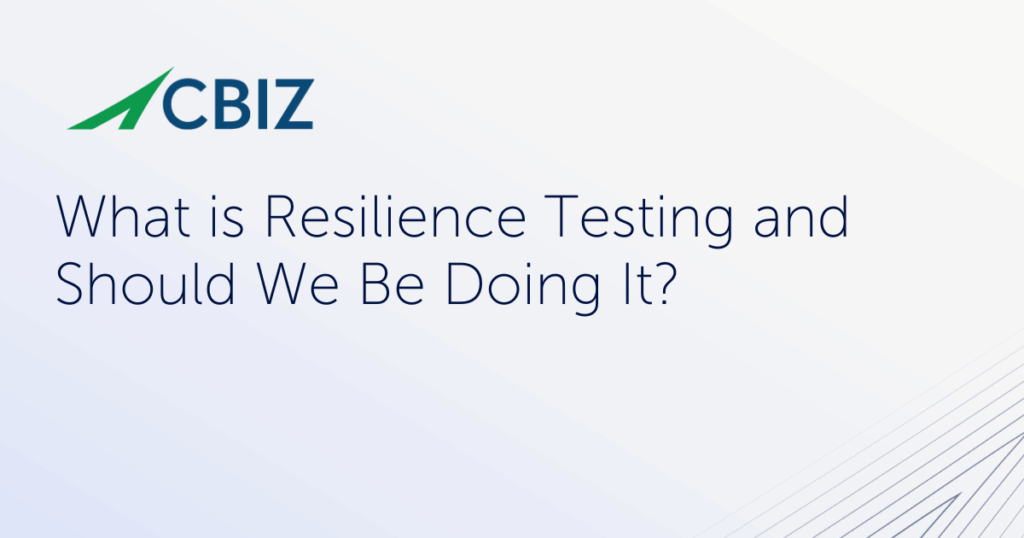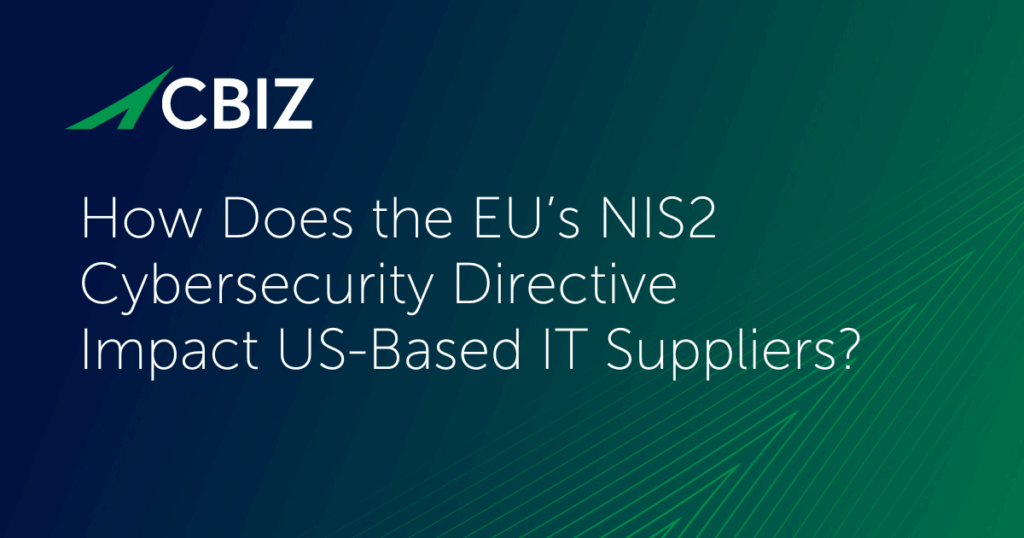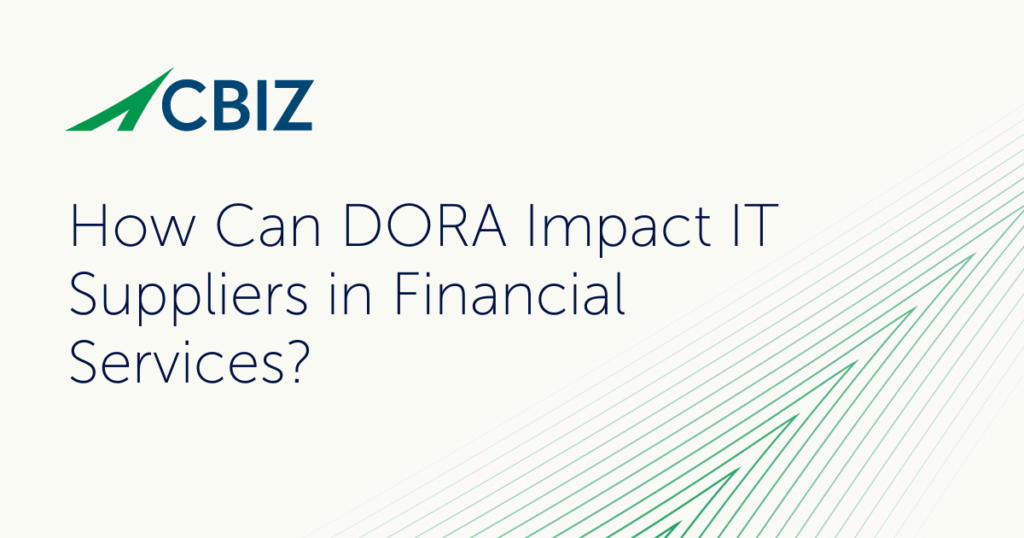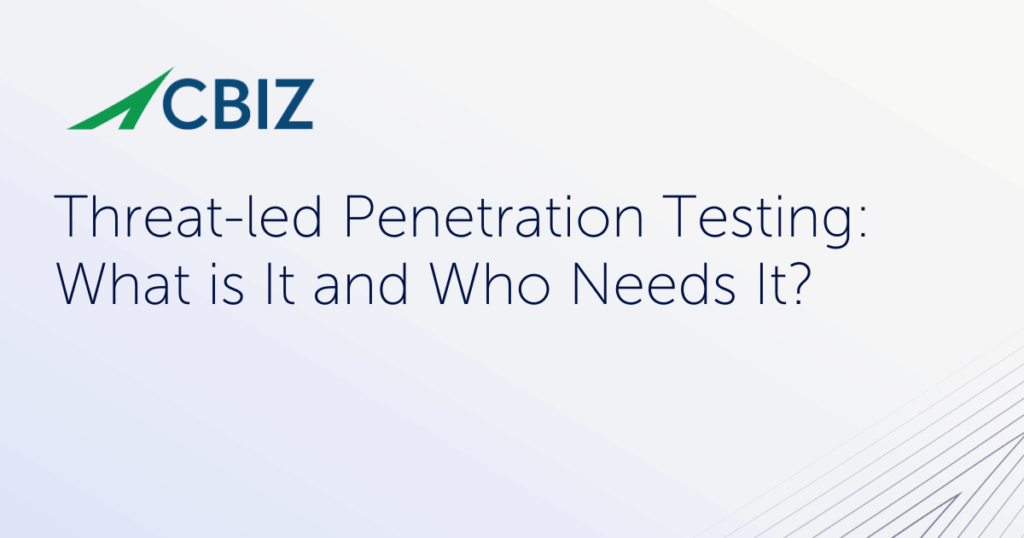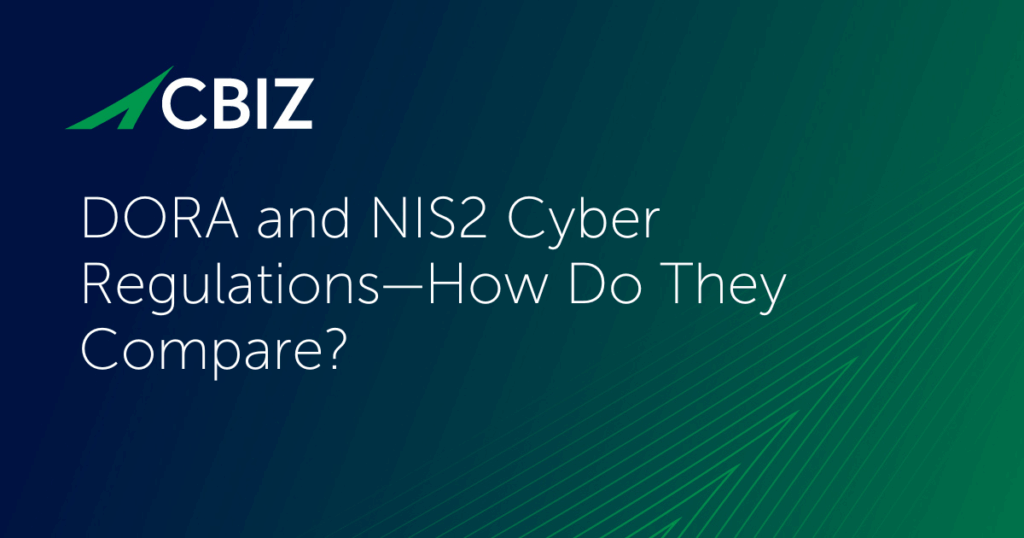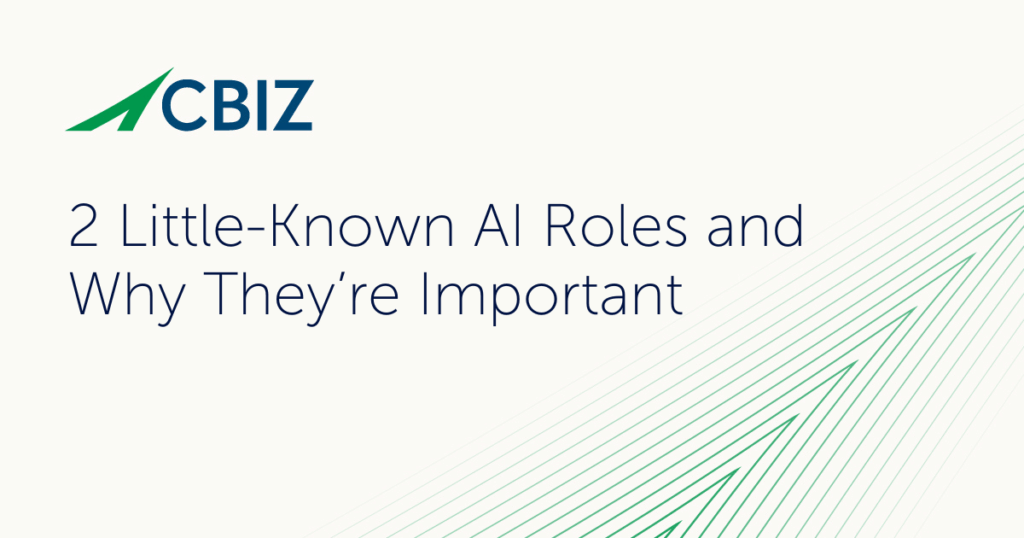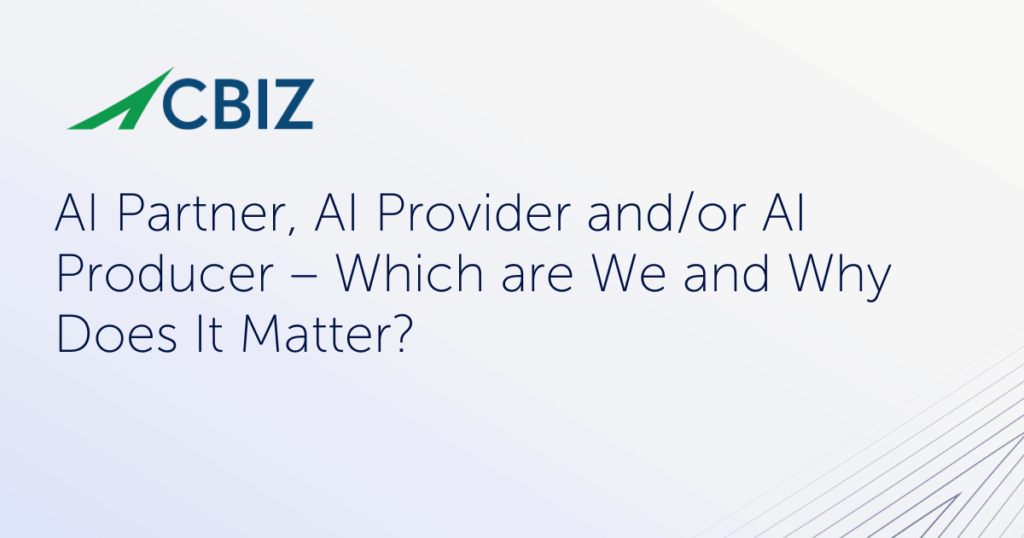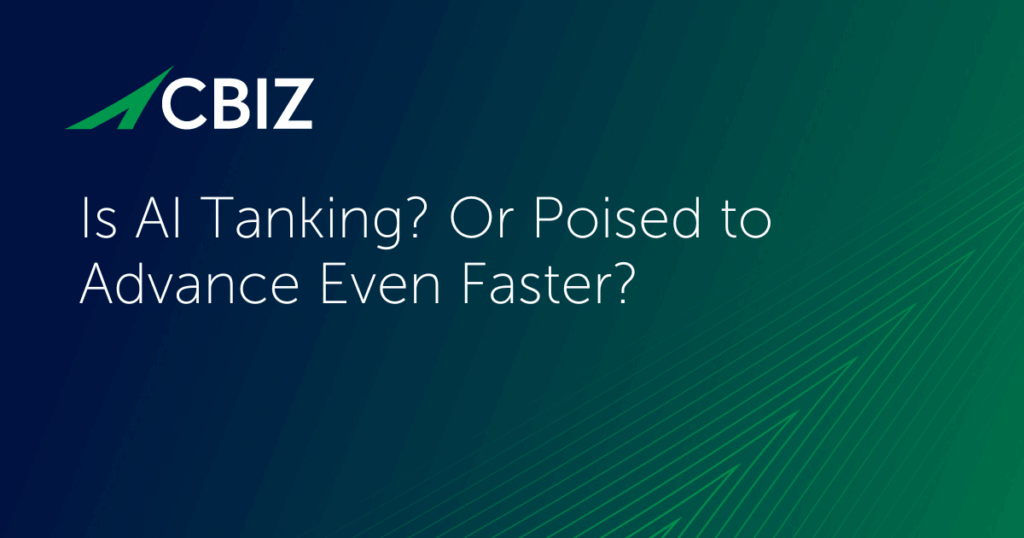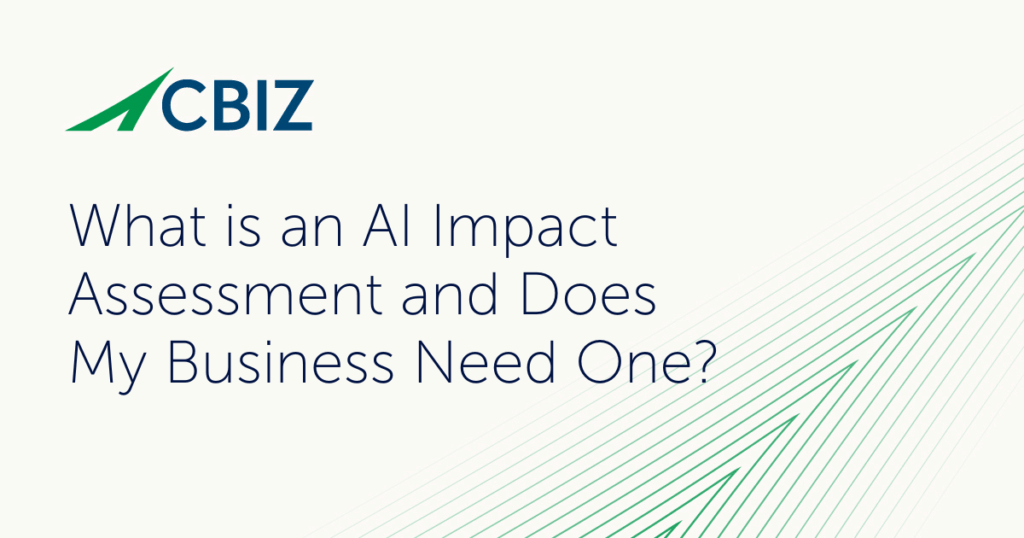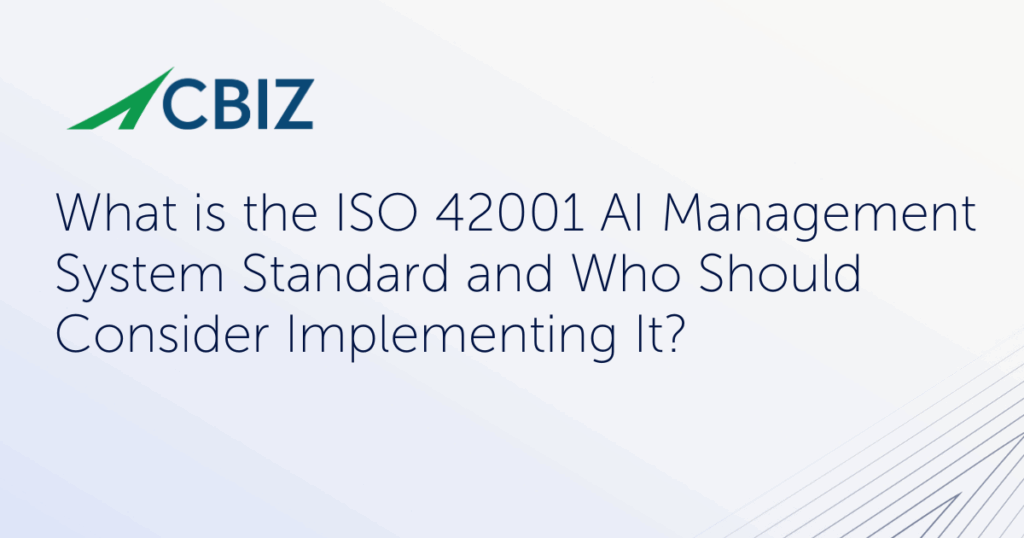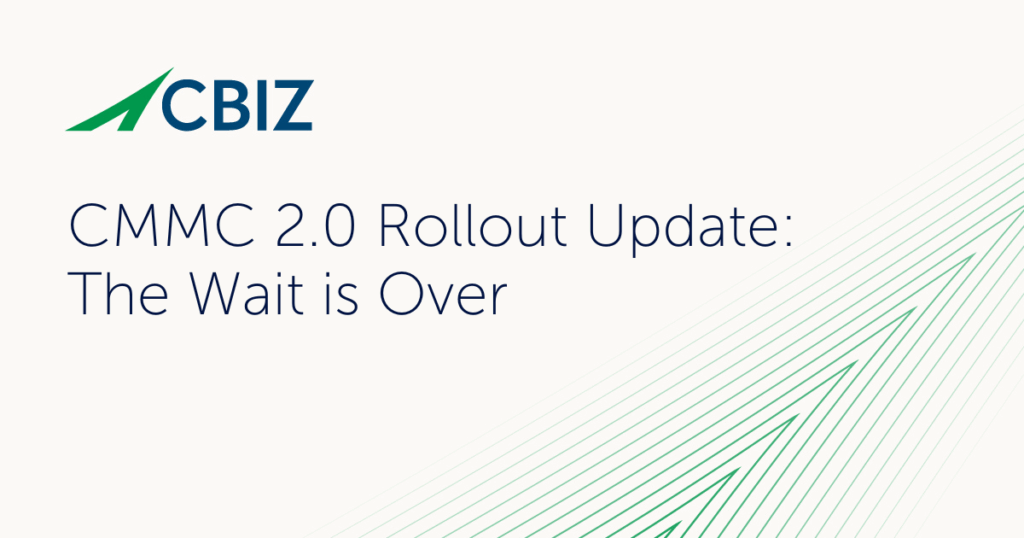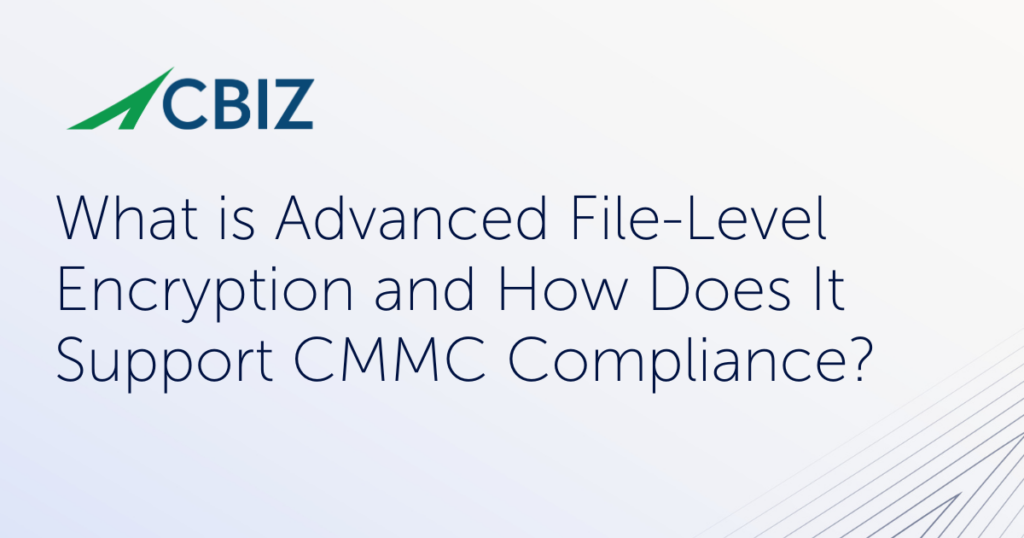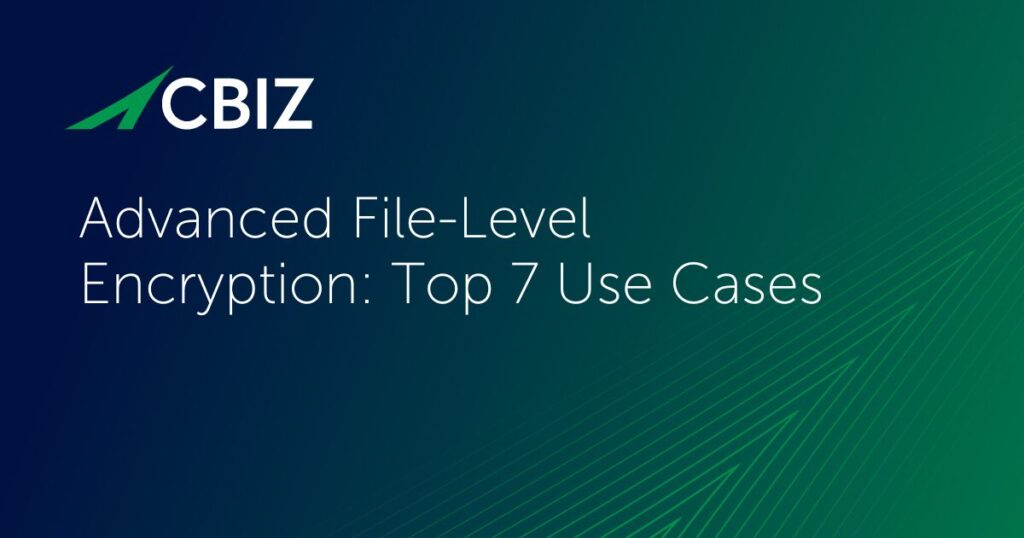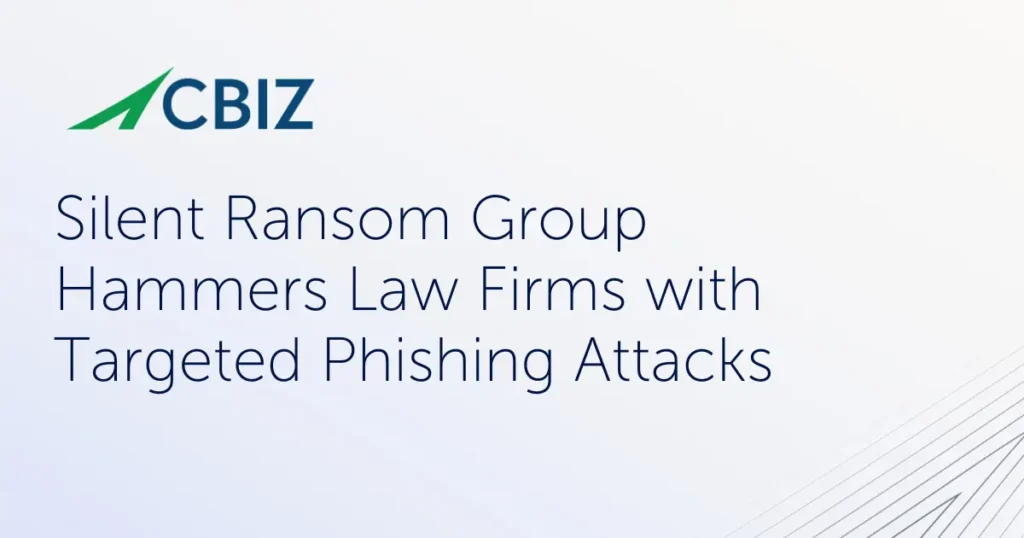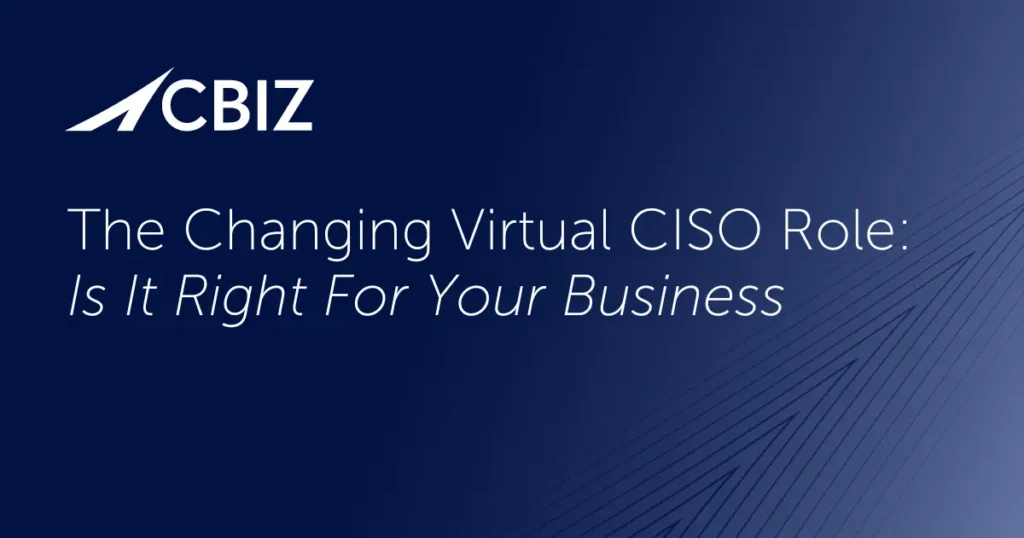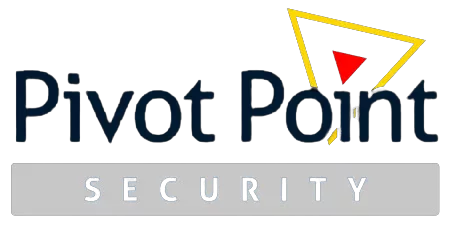Last Updated on November 19, 2025
Developed by NIST and FedRAMP along with industry collaborators using a “crowdsourced” approach, the Open Security Controls Assessment Language (OSCAL) transforms cybersecurity compliance/assessment documentation into universal, machine-readable formats. Expressed in XML, JSON, and YAML, OSCAL formats can represent control catalogs, control baselines, system security plans (SSPs), assessment plans and results, and other document types critical to cybersecurity compliance and audit/certification.
Owing to its support from NIST, its open development community, and the growing number of service providers supporting robust OSCAL implementations, cybersecurity and business leaders concerned with compliance and attestation efforts (e.g., FedRAMP, CMMC, ISO 27001, NIST 800-53, FISMA) need to be aware of OSCAL and factor it into their strategic plans. This article provides a comprehensive, executive level overview of OSCAL to support awareness and next steps.
Why was OSCAL created and why is it important?
OSCAL automates tedious, manual workflows for maintaining and sharing cybersecurity assessment-related documentation. Traditionally reliant on general-purpose tools like spreadsheets and word processors, these outdated approaches are error-prone, expensive, and inefficient—especially as cybersecurity technology and compliance frameworks become more complex.
First released in June 2021, OSCAL’s goal is to make these historically labor-intensive processes more automated, streamlined, consistent, reusable, and cost-effective to maintain. OSCAL data models provide structured representations of system security data that are easy to process electronically, saving countless hours of review and updating by skilled humans.
In line with the US government’s overarching efforts to streamline and standardize cybersecurity compliance, OSCAL adoption is set to become a requirement for federal agencies. In a July 2024 “FedRAMP Memo,” the US Office of Management and Budget (OMB) outlined a two-year timeline for agencies to adopt OSCAL as part of the Federal Risk and Authorization Management Program.
How are OSCAL documents structured?
OSCAL documentation consists of several layers:
- The Catalog layer describes individual security controls as defined in NIST 800-53 and other cybersecurity frameworks. The Catalog layer is the foundation that other OSCAL layers build on.
- OSCAL users, such as cloud service providers and US government agencies, use the Profile layer to describe a unique “entity profile” out of the controls in the Catalog layer. A Profile layer documents the specific controls that apply to an organization or assessment.
- The Implementation or Component layer uses the documentation from the Profile layer to describe unique control implementations. OSCAL’s standardized language allows customizable or extensible tools like APIs and software applications to automate and simplify this process. These descriptions can then factor into the SSP.
- The Assessment layer outlines how to evaluate controls and perform continuous monitoring of a control environment, as well as generate compliance reports. These outputs leverage a common format that auditors or auditing software can potentially process automatically in a fraction of the typical time.
While exporting data to OSCAL is important, the ability to ingest and process OSCAL files is key to reaping OSCAL’s full benefits by driving automation and reducing manual activity. Governance, risk, and compliance (GRC) tool vendors are introducing OSCAL capabilities to support cyber compliance in the US government space. These tools help streamline the mapping and management of security controls and assessment reports in OSCAL by providing robust integration and standardized formats.
Another area of OSCAL advancement is custom integration solutions to convert existing compliance workflows (e.g., automated imports from ServiceNow) into OSCAL-compliant formats.
What are the most widely used OSCAL data models?
OSCAL data models represent system security data in structured formats that a computer can straightforwardly process. OSCAL provides a number of data models in XML, JSON, and YAML formats. These include:
- Catalogs of published control frameworks, from NIST 800-53 to the Center for Internet Security’s 18 critical security controls (CIS CSC). Users can import this data into tools to specify the latest control information.
- Tailored control profiles, also called baselines, which are based on selected controls from a catalog. A FedRAMP Moderate baseline based on a NIST 800-53 catalog is a common example.
- System Security Plan (SSP) descriptions for how an organization implements its cybersecurity controls. This includes details like data types, user types, services, hardware, policies, procedures, etc. that are part of the system being described.
- Plans of Action & Milestones (POA&Ms), which identify and track risk and noncompliance remediation efforts until the issues are resolved. OSCAL’s POA&M model can reference the associated SSP.
- Security Assessment Plans (SAPs), which describe the assessment plan for the cybersecurity program or information system. Its goal is to ensure that the right controls are in place and operating to deliver the desired cybersecurity results. An OSCAL SAP typically references the corresponding SSP.
- Security Assessment Results, which describe the results of an assessment in detail. This includes scans, logs, and interviews, and covers any implementation gaps or unaddressed risks.
- Component Definitions, which are used to describe hardware, software, services, processes, and other elements that make up a cybersecurity program or information system. These definitions underpin the SSP and can also help with control implementation documentation.
The OSCAL data models collectively support a best-practice risk management lifecycle that includes control selection, documentation, assessment, and management of operational findings. This lifecycle iteratively drives continuous improvement based on risk management.
What are key OSCAL benefits for agencies and service providers?
As a win-win solution for teams on both ends of the cyber compliance pipeline, some of the biggest benefits of leveraging OSCAL for cybersecurity documentation and compliance include:
- More efficient, maintainable, and consistent security compliance documentation.
- Enhanced risk management thanks to more comprehensive, understandable reports and analysis that continuous compliance monitoring solutions can generate on demand.
- A common language that makes it much easier to reference individual cybersecurity controls and their implementation and operational status within a service provider organization.
- New automation options for security implementations, including automated compliance reporting, mapping of controls to multiple standards, and internally identifying compliance gaps or nonconformities.
- Significantly reduced time and resource requirements to authorize and reuse SaaS offerings within the US federal government via FedRAMP.
- Reduced time for agencies to review FedRAMP security authorization packages.
- Support for CSPs, defense suppliers, and other organizations seeking certification against cyber frameworks to create robust SSPs with less time and effort.
- Support for third-party assessment organizations (3PAOs) and other auditors to automate and streamline assessment procedures and reduce manual activity, owing to automated reporting and simplified analysis for many controls.
Many organizations begin leveraging OSCAL by converting their existing cybersecurity program documentation into OSCAL formats. This approach minimizes time to value while also minimizing operational changes.
What are the primary OSCAL use cases?
OSCAL lends itself to a range of use cases, including:
- FedRAMP implementations. A primary OSCAL use case has always been to document FedRAMP implementations. NIST and FedRAMP have collaborated since OSCAL’s inception to ensure it helps automate FedRAMP authorization and ongoing compliance activities. This includes streamlining how CSPs create their FedRAMP SSPs, automating 3PAO audit activities, and accelerating agency review of authorization packages.
- Managing compliance across multiple regulatory frameworks. Efforts by the OSCAL development team and others to map leading cybersecurity frameworks to OSCAL catalogs make it significantly easier for stakeholders to address compliance with multiple regulatory/compliance standards (e.g., ISO 27001, SOC 2, CMMC, NIST 800-53, FISMA, PCI DSS, HIPAA, etc.) through one SSP.
- Computer readable SSPs. OSCAL’s standardized, machine-readable formats like its SSP data model reduce the manually intensive effort required to continuously track and assess control effectiveness plus manage the formerly non-standardized documentation across ongoing changes in the environment.
- Sharing control implementations. OSCAL’s component definition model provides a standardized way to document the control implementation of a software system, container, virtual machine, or other cybersecurity resource. This makes descriptions easy to distribute and share with resource consumers alongside the resource itself—so they can be plugged into a system profile or other control description.
- Automating policy, process, and procedure descriptions. OSCAL component definitions can also be used to document the controls covered by a shared policy, process, or procedure artifact.
What is the OSCAL Foundation?
The OSCAL Foundation was created to advance the development and adoption of the OSCAL standard. Its goal is to streamline, standardize, accelerate, and improve the quality of cybersecurity assessments both in government and the private sectors by promoting OSCAL.
Launched in February 2025, the OSCAL Foundation is a nonprofit organization currently seeking 501(c)(3) tax-exempt status. Its activities include:
- Encouraging and supporting global OSCAL adoption and implementation.
- Sponsoring regular meetings to help advance dialogue and collaboration within the global user community, especially between government and industry.
- Offering educational resources to foundation members to help build OSCAL expertise across all the standard’s use cases and stakeholders.
- Advancing OSCAL’s technical development and use, including through new data models and proof-of-concept examples and tools.
- Providing a shared framework for registering and managing third-party OSCAL extensions to increase interoperability and mutual benefit across use cases and stakeholders.
- Driving international government adoption to facilitate compliance reciprocity and continuous compliance processes.
For more information on OSCAL, check out these resources:
- The NIST OSCAL home page
- What is OSCAL and Who Needs It? (PDF from NIST)
- NIST’s OSCAL learning resources page
- FedRAMP OSCAL resources
- OSCAL resources on GitHub (awesome-oscal)
- FedRAMP automation resources on GitHub (fedramp-automation)
- List of OSCAL-compatible tools
What’s next?
For more guidance on this topic, listen to Episode 150 of The Virtual CISO Podcast with guest Kenny Scott, founder and CEO at Paramify.






